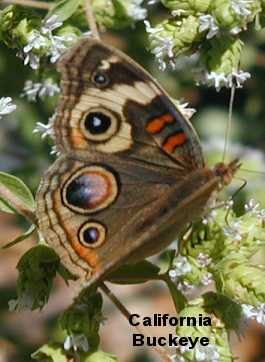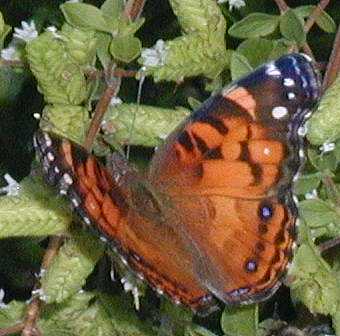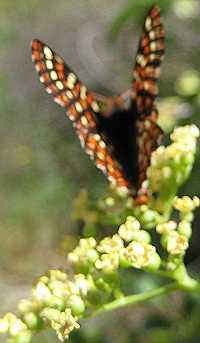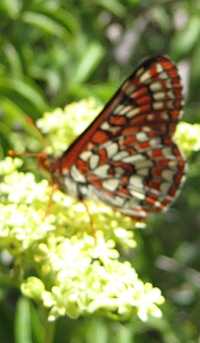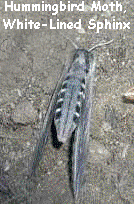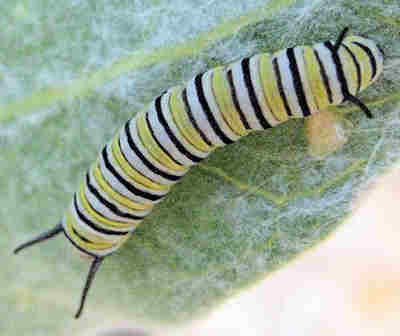
Coarsegold, California
![]()
Revised 7-13-13
In addition to the critters pictured below, we have mountain lion, coyote, fox, deer,
raccoon, opossum, ground squirrel,
pocket gopher, mole, and more.
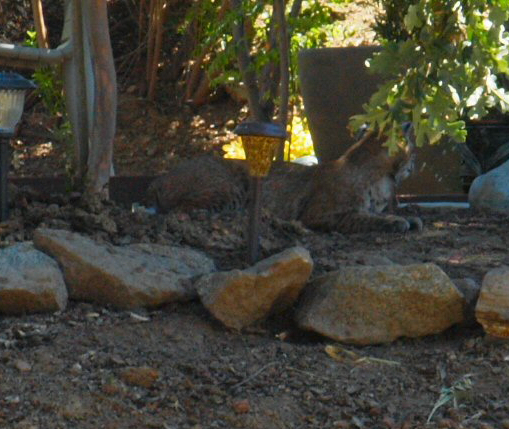 Bobcat, 7-6-13 |
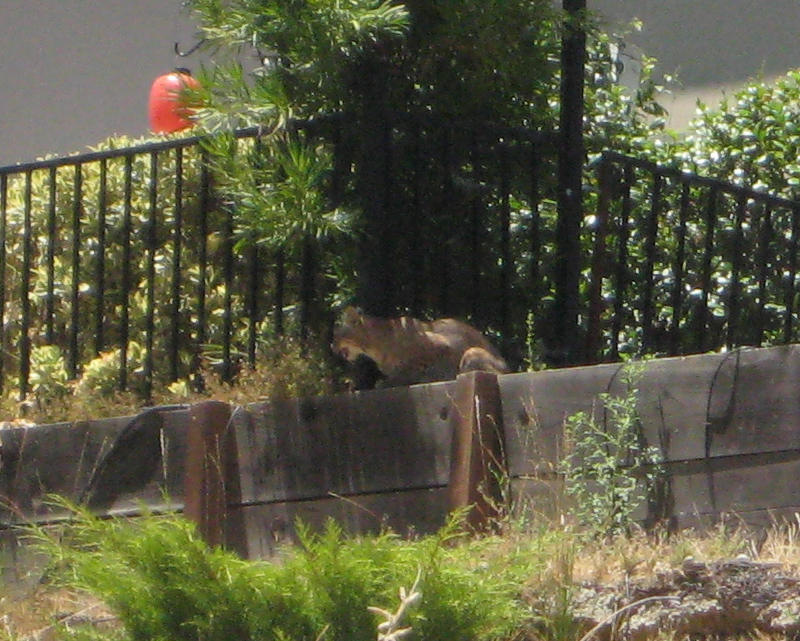 Same Bobcat, 7-7-13 |
||
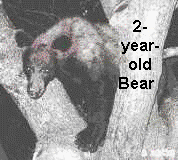
|
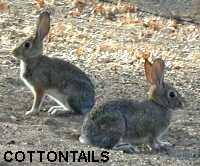
|
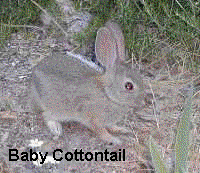
|
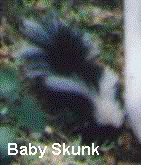
|
| The bear visitation was a one-and-only so far as I know. It's very rare for bears to wander to our elevation, although Oakhurst gets a few checking out kitchens from time to time. Bears are occasionally seen in central Coarsegold backyards. | Cottontails are fun to watch, but I must admit that the babies are especially destructive to garden plants. The adults seem to prefer eating the birds' sunflower seed. | Skunks are nocturnal, but this baby apparently hadn't heard about that. It was nosing around one of the lots looking for something to eat | |

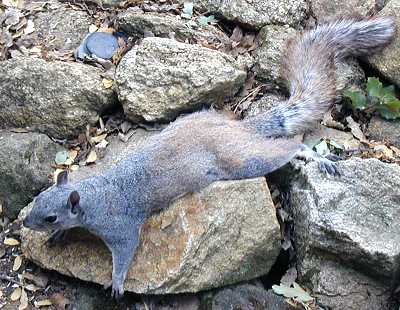
Gray
Tree Squirrels love sunflower seed.
They fight to dominate bird feeders and chase one another
over roofs and awnings, sounding like a thundering herd of
elephants. They'll sit on a
branch, barking and scolding, at humans or other
"intruders."
In
summer, they like to flatten out on shaded cement or
cool rocks.
This squirrel is young, and hasn't lost all its
blond baby fur.
|
|
|
|
| This Gopher Snake was taking its time crossing the pavement. I finally had to "encourage" him to get out of the road before one of our wild-eyed drivers mashed him flat. Very beneficial! | The body of this baby Rattlesnake is in a styrofoam coffee cup (the head is cut off and buried, but I spared you the gory details) | The photo of the mating snakes was given to me, but I'm sorry, I don't remember by whom. |
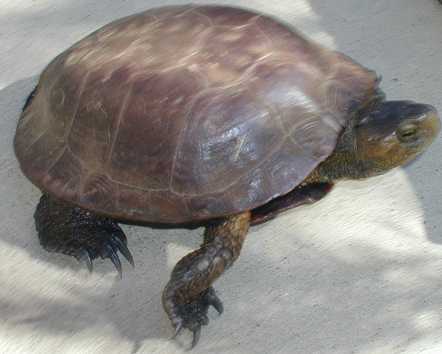
|
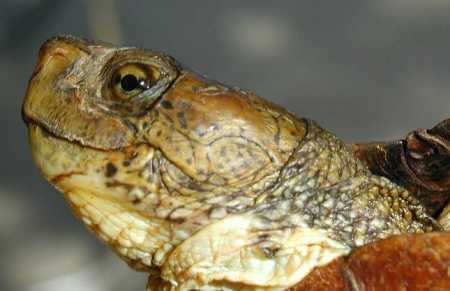
|
| Western Pond Turtle. It was brought to me for identification by a Park Sierra member. It's very fast, and has powerful claws. |
The smile is fake.
|
|
|
|
| Western Toad, subspecies California. Active at twilight. If nighttime temperatures are low, it may be active during the day. Lives in burrows that it makes or appropriates. | Pacific Tree Frog. These tiny frogs actually prefer low bushes or the ground. They vocalize in the evening, which to my ear sounds like crrick-et. It eats insects, both flying and crawling. Individuals can change color (green and brown) in just a few minutes, depending on temperature and humidity. |

|

|
| Alligator Lizards are the largest of the many kinds of lizards here in Coarsegold. This one is the Southern Alligator Lizard. I considered this guy (gal?) my pet, but beware! They can give you a painful bite. |
Bullfrog at Oak Creek's pond |
|
|
|
| Praying
Mantis. Very beneficial to gardeners,
eating garden pests, although they have been known to stalk & kill hummers.
When I found one very close to my hummer feeder, I persuaded it to move to a different
location.
|
Another mantis of a different color, quite large. Mantises take on green or brown shades to blend in with the background. This one would not be easily seen on dead grass stalks. Mantis egg cases look like lumps of styrofoam attached to wood. |
|
Discarded mantis shell, possibly from the straw-colored mantis photographed above |
|
|
|
|
|
Honey Bee. This bee's important job is pollination. Although orchardists use professionally managed hives of millions of bees for their crops, sometimes those bees have a big die-off, as happened recently. Wild bees need good habitat, too, and farmers are beginning to encourage their presence. |
Digger Bee. Adults drink nectar. Larva feeds on nectar and pollen. Their nest is constructed in a clay or sand bank with a concealed entrance made of mud. They often nest together in large numbers. Sometimes called flower-loving bees because they visit such a wide variety of flowers. |
|
|
|
| Leaf Cutter Bee. | Robber Fly. |
|
|
|
| Syrphid Fly on chive blossom. This is a very welcome visitor. The larva feeds on soft-bodied insects, particularly aphids, consuming as many as 400 during its development. The adult, pictured above, feeds on pollen, nectar, and honeydew. | Black Widow male. Most people are familiar with the female, all black with a red hourglass design on the abdomen, but few would realize that this is her tiny mate (whom she may choose to eat after mating). |
|
|
|
|
Snake Fly |
Long-Horned Beetle |
|
|
|
|
Shiny black beetle with red spot |
Western Tussock Moth Caterpillar |
|
|
|
|
Bordered Plant Bug |
Spider |
|
|
|
| Web of Funnel Spider.
The architect lies in wait at the bottom of
the hole waiting for prey to twang it. Then it
rushes out to capture its booty.
|
Tarantulas
are seldom seen except in the fall,
when the males go walkabout to find
females. Females seldom stray far from
their burrows.
|
|
|
|
| Cellar Spider, our abundant species, which builds messy, ragged webs everywhere, inside and out. They cannot penetrate human skin, which is very fortunate for us. |
Fishing Spider, captured near the creek and brought to me in a jar. (The identification is a guess.) |
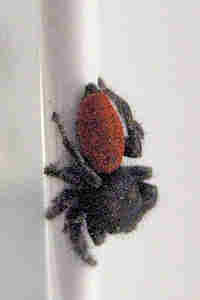 Jumping Spider
Jumping Spider
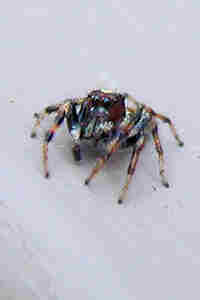 |
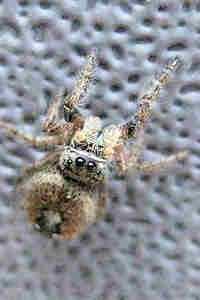
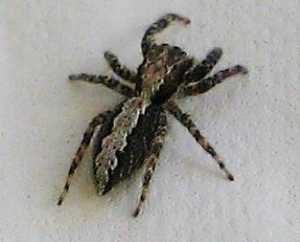 Jumping Spider |
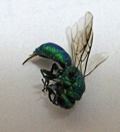 Unidentified Blue-Green Bee
Unidentified Blue-Green Bee
|
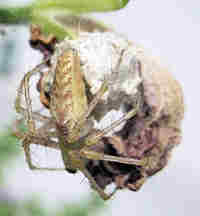 Spider
with Egg Case Spider
with Egg Case
|
%209-29-12.jpg)
%209-29-12.jpg) |
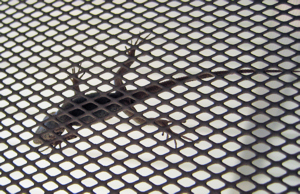 |
| Katydid | Help! Let me innnnnnnn..... |
|
|
|
| Darkling Beetle (often called Stink Bug). This is the one that raises its tail when alarmed. Adults eat dead or live vegetation. I was surprised to learn that the pupae stage are called mealworms, which are reared commercially to feed birds, fish, and reptiles. |
Red Flat Bark Beetle. This insect
can survive freezes even in Alaska by lowering the freezing point of its
body fluids. It stops feeding in the fall to clear its body of anything
that could allow ice crystals to form. For good measure, it
produces its own antifreeze.
|
|
|
|
| Large Milkweed Bug. Eggs are laid in milkweed pods. Adults sometimes takes nectar. I've seen these bugs crawling on my shed with no milkweed or dogbane nearby. | The Lady Beetle is better known as the Ladybug, and is one of our most beneficial insects. It loves aphids. The larval stage doesn't look much like the adult orange beetle; the young are darker and corrugated looking. |
|
|
|
| Orange Dragonfly (Flame Skimmer). Adults live several weeks or a few months. They feed on large numbers of mosquitoes, gnats, and other small insects so they are very welcome in my yard. They like clean water and a perch from which to "hawk" insects. | Damselfly. Similar to dragonflies, damselflies are smaller and weaker, and hold their wings alongside the body. Nymphs are carnivorous, feeding on mosquito larvae, among other things. The winged adult eats flies, mosquitoes, and other small insects. |
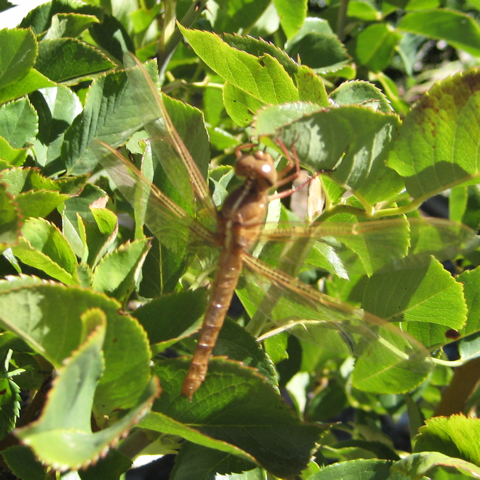 |
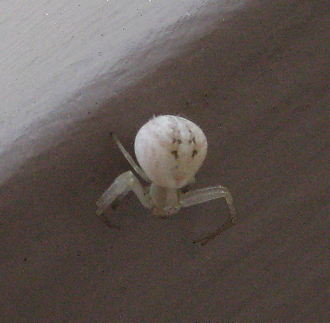 |
| Red Skimmer | White Spider |
|
|
|
| Red Spider Mites on Clarkia blossom. They can be a real pest if their numbers are large, as they suck plant juices. Ladybugs and Lacewings find them tasty. | Red Harvester Ants. We must have a hundred varieties of ants, but these have a painful bite from barbed stingers. This species of ant lives primarily in dry, arid conditions. Nests are as much as 15 feet deep with storage areas (granaries) for their collected seeds, primarily from grasses. |
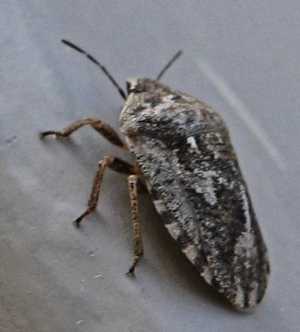 |
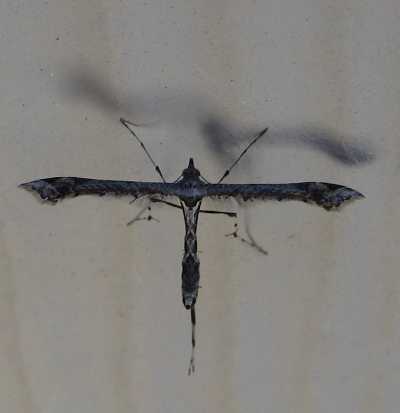 |
| Brochymenus? | Plume Moth. I would never have guessed that this was a moth at all! |
 |
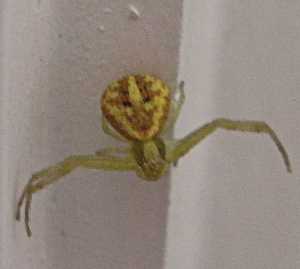 |
|
Patterned hairy spider |
Orange and yellow garden spider |
|
|
|
|
Brown Lacewing |
Tachina Fly |
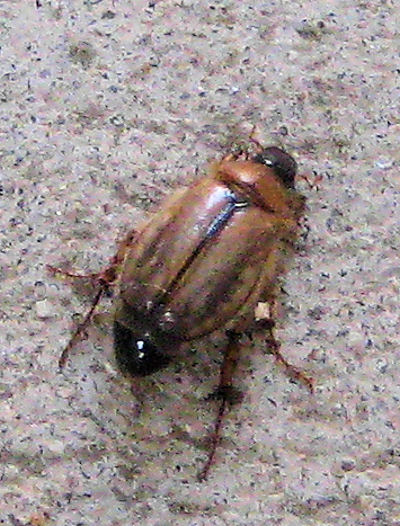 |
|
|
May Beetle |
Giant Crane Fly |
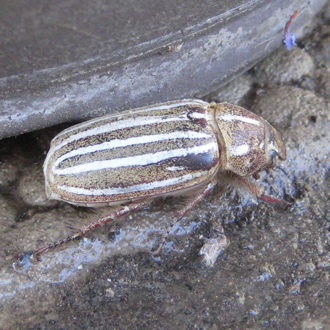 |
|
| Ten-Lined June Beetle |
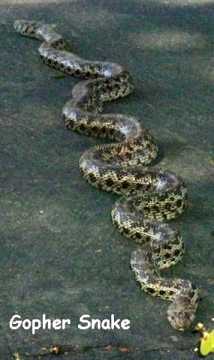
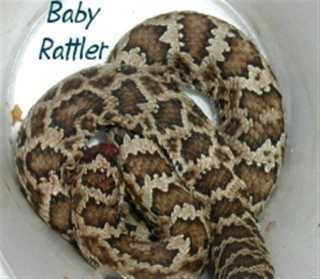

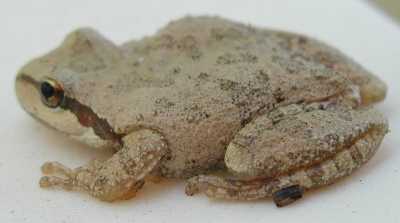
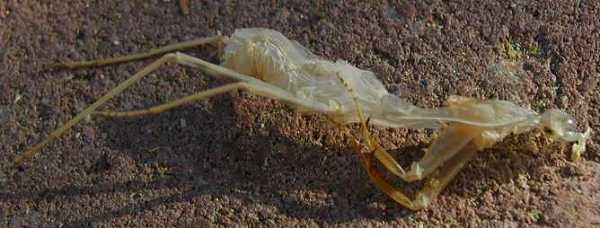
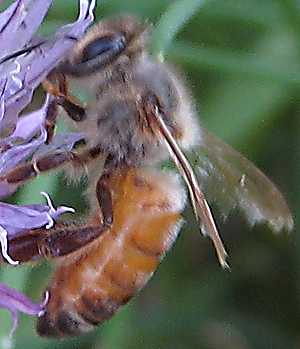
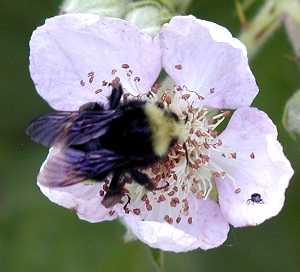
.jpg)
.jpg)

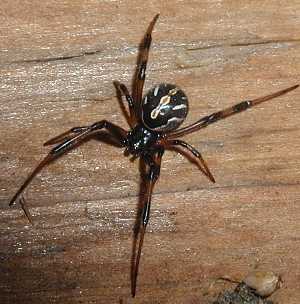
.jpg)
.jpg)
.jpg)
.jpg)
.jpg)
.jpg)

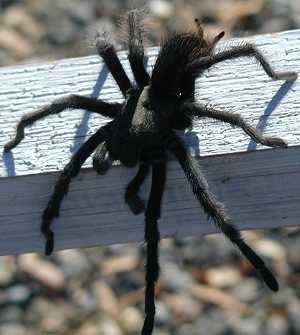


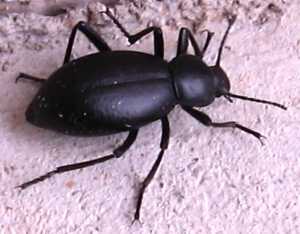
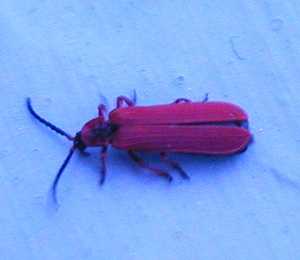

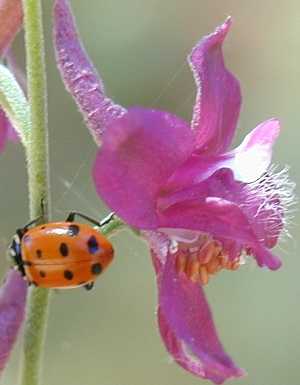

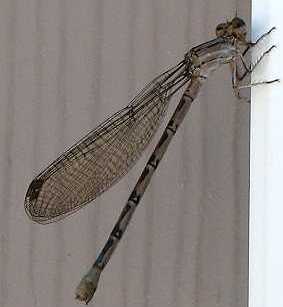

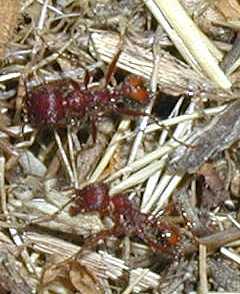
.jpg)
 My
butterfly list is pretty small because
My
butterfly list is pretty small because

